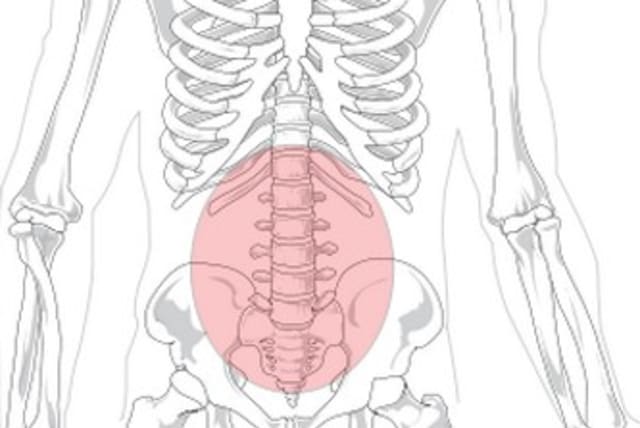Researchers find a way to objectively measure the amount of chronic pain suffered by patients

Most previous attempts to identify pain biomarkers have focused on healthy participants and experimental thermal pain that ignores natural, spontaneous fluctuations in chronic pain experience
It’s difficult for neurologists to assess objectively how much patients with chronic pain syndromes are suffering, even when they are difficult to treat and can make them disabled. Thus, if objective biomarkers could be identified, they would help guide palliative medicine specialists.
A pain syndrome is defined as pain that continues for more than three months. At least a third of humanity suffers at least once in their lives from chronic pain, and in many of them, doctors are unable to provide relief.
Until now. Dr. Prasad Shirvalkar, a neurologist and pain-medicine specialist at the University of California at San Francisco and his team have announced that they have learned how the brain controls pain. They have just published their findings under the title “Chronic pain linked to distinctive patterns of brain activity” in the prestigious journal Nature Neuroscience.
How does the brain control pain?
It is especially difficult to treat neuropathic pain syndromes, such as post-stroke and phantom limb pain. Most previous attempts to identify pain biomarkers have focused on healthy participants and experimental thermal pain that ignores natural, spontaneous fluctuations in individuals’ chronic pain experience, they wrote.
In an effort to help four patients with such refractory neuropathic pain, the team implanted electrodes in the anterior cortex and orbitofrontal cortex (OFC) of their brains. Direct neural recordings were stored obtained multiple times daily over a period of several months. They also recorded their brain activity when they applied heat to their bodies to assess how these neural patterns differed between chronic and acute pain, which is of a short duration and normally passes on its own.
The doctors were able to predict the severity of their chronic pain from neural activity using machine-learning methods. They concluded that intracranial OFC signals can be used to predict spontaneous, chronic pain state in patients.
Jerusalem Post Store
`; document.getElementById("linkPremium").innerHTML = cont; var divWithLink = document.getElementById("premium-link"); if (divWithLink !== null && divWithLink !== 'undefined') { divWithLink.style.border = "solid 1px #cb0f3e"; divWithLink.style.textAlign = "center"; divWithLink.style.marginBottom = "15px"; divWithLink.style.marginTop = "15px"; divWithLink.style.width = "100%"; divWithLink.style.backgroundColor = "#122952"; divWithLink.style.color = "#ffffff"; divWithLink.style.lineHeight = "1.5"; } } (function (v, i) { });

